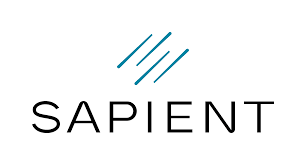Over recent decades, multiomics technologies have been able to advance oncology toward the next generation of cancer therapeutics, with the discovery of new biomarkers being able to guide the development of new drugs. Jain began this presentation with the example of lung cancer: 20 years ago, the traditional view separated the condition into three classifications based on histopathology. Now, there are dozens of recognised subtypes of lung cancer, each of which responds to completely different therapies.
Therefore, researchers have used genomic biomarkers to personalise their understanding of the cancers. However, in the oncology space, genetics represents a minority fraction of attributable disease, Jain estimates around 10%.
The power of multiomics to go beyond the genome is critical for advancing this field. Here, multiomic technologies that can consider the genome as well as proteins, metabolites, and environment factors are ever more valuable. These are highly dynamic, being applicable to diagnostics, disease monitoring, and understanding therapeutic response. Most importantly for oncology, they can help researchers gain insight into targeting.
These technologies have expanded the range of potential drug targets significantly, from a few thousand to potentially over 100,000 protein variants. Jain said that this has potentially enhanced opportunities for novel target identification. He also stressed that, when identifying therapeutic targets, it is important to measuring protein expression directly due to the often weak correlation between RNA levels and protein expression.
The question however is how to measure the protein targets and understand potential markers of disease. This has changed massively in recent years, particularly in only the last 18 months due to innovations in mass spectrometry and sample processing. The new tools have dramatically increased the capacity to measure thousands of proteins, metabolites, and lipids across various biological specimens.
Multiomics approaches are now being applied throughout the entirety of the drug development pipeline. Jain concluded his presentation by highlighting how these tools have assisted in not only target identification but also clinical studies, aiding in patient stratification and the development of companion diagnostics.

